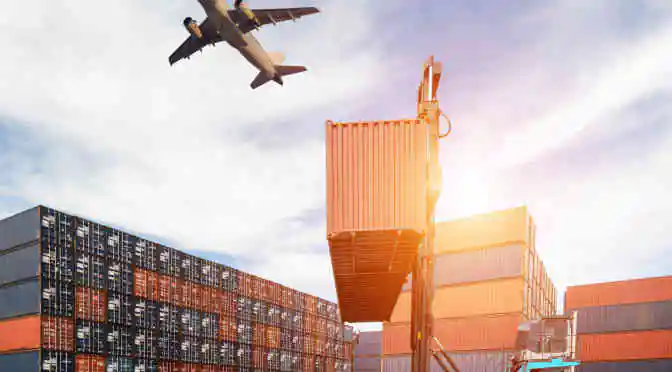Groceries, one of the true marks of adulthood. A necessary evil that all too often involves wandering aimlessly up and down fluorescently lit aisles, hopelessly searching for some culinary inspiration to spring from the shelves. An experience that typically culminates in waiting in long lines at the cash, and then the unpleasant task of dragging your haul home and trying to figure out what exactly to do with a coconut and three pounds of ground beef (it was on sale).
But now, wonderfully, there are organizations that are working to take the unpleasantness of actually going to the store out of the equation, with home grocery delivery.
Now, this concept isn’t new to folks in the UK, who have had access to this luxury for years now. But for those of us residing in North America, the logistics of the situation have always made home grocery delivery a bit of a tricky concept.
Until now.
Amazon, for instance, announced last week that it would start offering one-hour grocery delivery from local stores to customers in Manhattan. Instacart—another grocery delivery service making waves across the US—recently added service in Miama to a growing list of cities, which includes San Francisco, Chicago and Austin.
But why now? What’s changed to suddenly allow this explosion of delivery services? Well, a lot of it comes down to growth of the grocery transportation market.
Very basically, grocery transportation just refers to the movement of various food and beverage commodities, inbound raw materials, and other household supplies from one place to another.
The market as a whole is growing at a CAGR of 5.64% from 2014-2019, thanks to a few key factors:
Demand from e-grocery stores
One of the major drivers in the global groceries transportation market is the increased demand from e-grocery stores. Transportation companies are joining forces with both small and large online retailers in order to boost their profits, and help move more goods to more people.
Rise in disposable income
Increased urbanization and high levels of disposable income are major drivers influencing the growth of both grocery home delivery, as well as the groceries transportation market. The rise in the per capita income has increased the purchasing power of people worldwide, which has increased demand for (and consumption of) food and beverages.
It would seem that our busy schedules and increased disposable income has also made us lazier. Overall, consumers are willing to pay more to retailers to have their groceries delivered to their doorstep. This in turn has increased the need for transportation by retail stores, which is driving the growth of the market.
Investments in technology
Investment in technology is essential for transportation companies, especially when it comes to moving perishables.
New innovations in packaging and refrigeration have made moving goods over long distances more feasible, while logistics support like driver tracking to ensure on-time delivery help make sure groceries arrive at the promised time.
Software and other evolving technologies such as mobile technology, GPS, RFID, trailer seals, electronic labeling, and biometrics will help companies maintain a balance in inventory levels and monitor temperature-sensitive grocery products accurately, which will be hugely important for growth in the grocery transportation market through the projected period.



